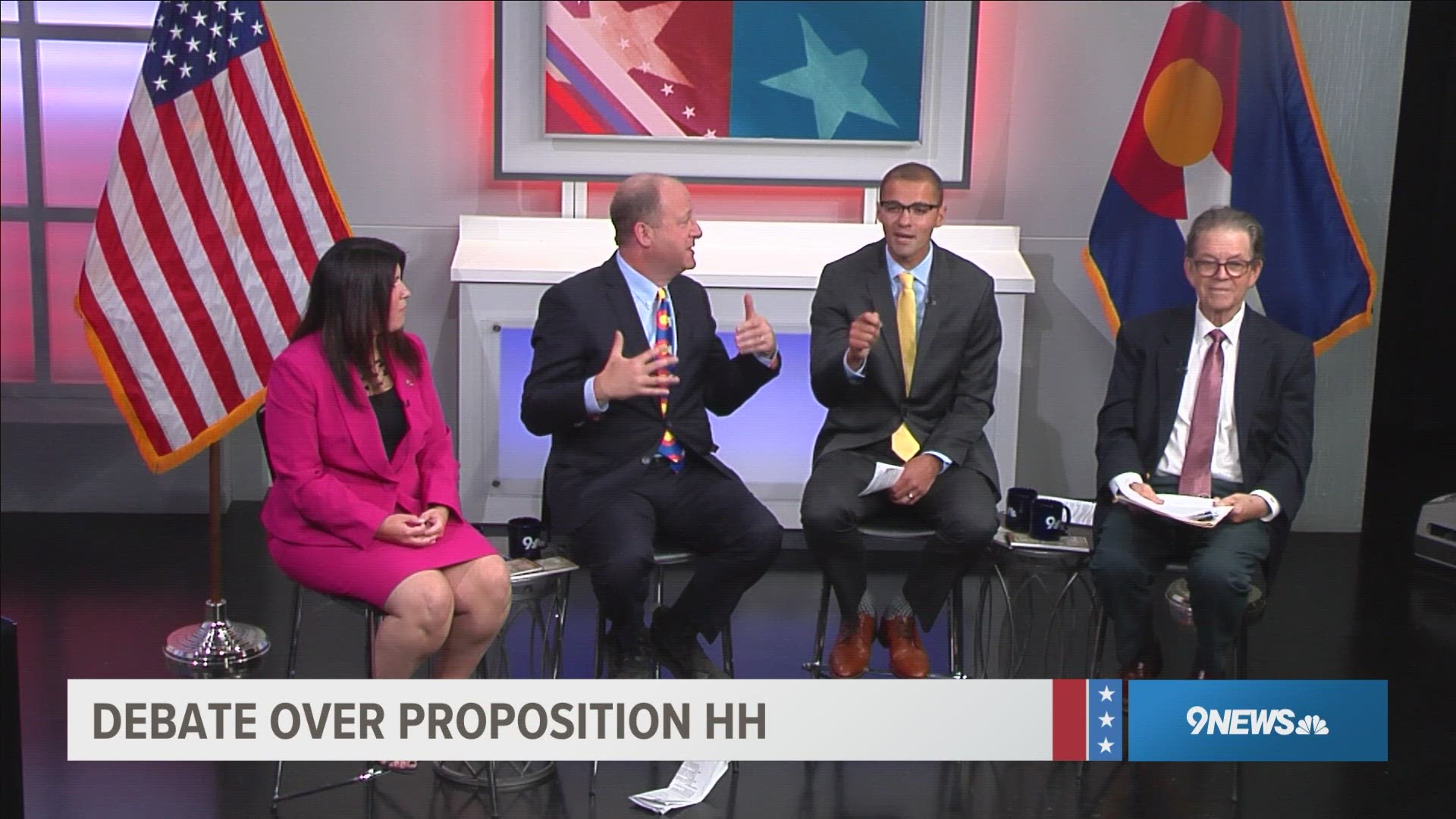Voter Guide 2023: Everything you need to know about the November election in Colorado
From voter registration to tracking ballots, here's the latest information on the upcoming general election in Colorado.

The 2023 general election is on Nov. 7. Colorado voters will make decisions on two statewide ballot measures, as well as mayors, city council members, school board members and local ballot issues.
> VIDEO ABOVE: Recap of Prop HH debate hosted by 9NEWS and the Denver Gazette
This voter guide will help you through the process.
Here's what to know about:
- How to register to vote
- Getting a ballot
- Learning about candidates and issues
- Turning in your ballot
- Making sure your vote is counted
- Tracking election results
Chapter 1 Register to vote
First off, you can check if you're already registered to vote in Colorado at the Secretary of State's website.
If you have applied for or renewed a driver's license since May 2020, you were likely automatically registered to vote, under the state's Automatic Voter Registration system. To be automatically registered, eligible voters only need to provide identification that shows citizenship.
If you registered to vote in the last election but you didn't cast a ballot, you are still registered and eligible to vote.
You can register at www.GoVoteColorado.gov if you have a valid Colorado driver's license, state-issued ID card or Social Security number. If you don't have one of those, you can complete and submit a paper registration form in English or Spanish.
Or, register at a state Division of Motor Vehicles (DMV) office when you apply for a driver's license or when updating driver's license information.
Other places to register are:
- Offices that provide public assistance, including state-funded programs that provide services to persons with disabilities.
- U.S. Armed Forces recruitment offices.
- Any federal, state or local office or nongovernmental office that chooses to provide voter registration services.
- A voter service and polling center.
Voters in Colorado can register in person at a voter service and polling center through Election Day.
Chapter 2 Getting a ballot
Colorado voters receive mail-in ballots at the addresses listed on their voter registrations, which is why it's important to check if your information is up to date.
Voters also receive the 2023 Blue Book. The ballot information booklet provides voters with the text, title and a fair and impartial analysis of each initiated or referred constitutional amendment, law, or question on the ballot.
It's likely that if you're registered to vote in Colorado, you've already received the Blue Book in the mail.
Mail ballots were sent out to voters in October.
If you didn't receive your ballot, you can check its status here.
If you lost your mail ballot, you can ask for a replacement from your county clerk or vote in person at a polling site.
Chapter 3 What's on the ballot
This November's election includes two statewide ballot measures: Proposition HH and Proposition II. Voters in some cities will also be deciding on races for mayor, city council and school board. Many residents will also be voting on local ballot issues.
If you choose to leave some questions blank on your ballot, your other votes will still be counted.
Chapter 4 Turning in your ballot
After you've filled out your ballot, drop it off at a designated drop-off location or drop box. Don't forget to sign the envelope before you drop it off.
Ballots must be received by your county clerk by no later than 7 p.m. on Election Day. Postmarks do not count.
You can also vote in person at designated polling sites.
> Below is a map of every ballot drop-off box and in-person voting site in the state. Click here if you can't see the map.
If you choose to vote in person, you can return your mail ballot at a voter service and polling center. Even if you don't return your mail ballot, you can still vote in person. Once you've voted in person, the county clerk won't accept the ballot that was mailed to you.
When voting in person, you must provide identification such as a Colorado driver's license or state ID. A full list of acceptable forms of identification is here.
All voters who are in line at their polling station by 7 p.m. on Election Day are allowed to vote no matter how long it takes for each person to cast their ballot.
To check the status of your ballot, visit www.GoVoteColorado.gov. This will show whether your ballot has been received and counted.
If you mailed in your ballot and see it hasn't been processed and choose to vote in person, the Colorado Secretary of State's Office said the ballot that is received and processed first will be counted, and the other will be voided.
This doesn't mean you can vote twice. If someone submits a ballot but decides to change their vote, that ballot will be rejected and the district attorney for that county will be alerted, the Colorado Secretary of State's Office said.
Chapter 5 Tracking election results
The state and counties will start announcing election results after polls close at 7 p.m. on Election Day.
Results will be available at the Colorado Secretary of State's Office website and each county's election website.
The results of many ballot questions will be decided on Election Night, but it could take several days to get the results of closely contested questions.
Nov. 15 is the last day for ballots cast by military and overseas voters to be received by county clerks, and Nov. 16 is the last day for verification and counting of provisional ballots.
After elections, the state is required to conduct what's known as a "risk-limiting audit." These ensure that vote tabulation systems are accurate. The results are available publicly online.
After the election, anyone can request a recount at their own expense. Those must be requested by Nov. 29 and completed by Dec. 12.
SUGGESTED VIDEOS: Politics


